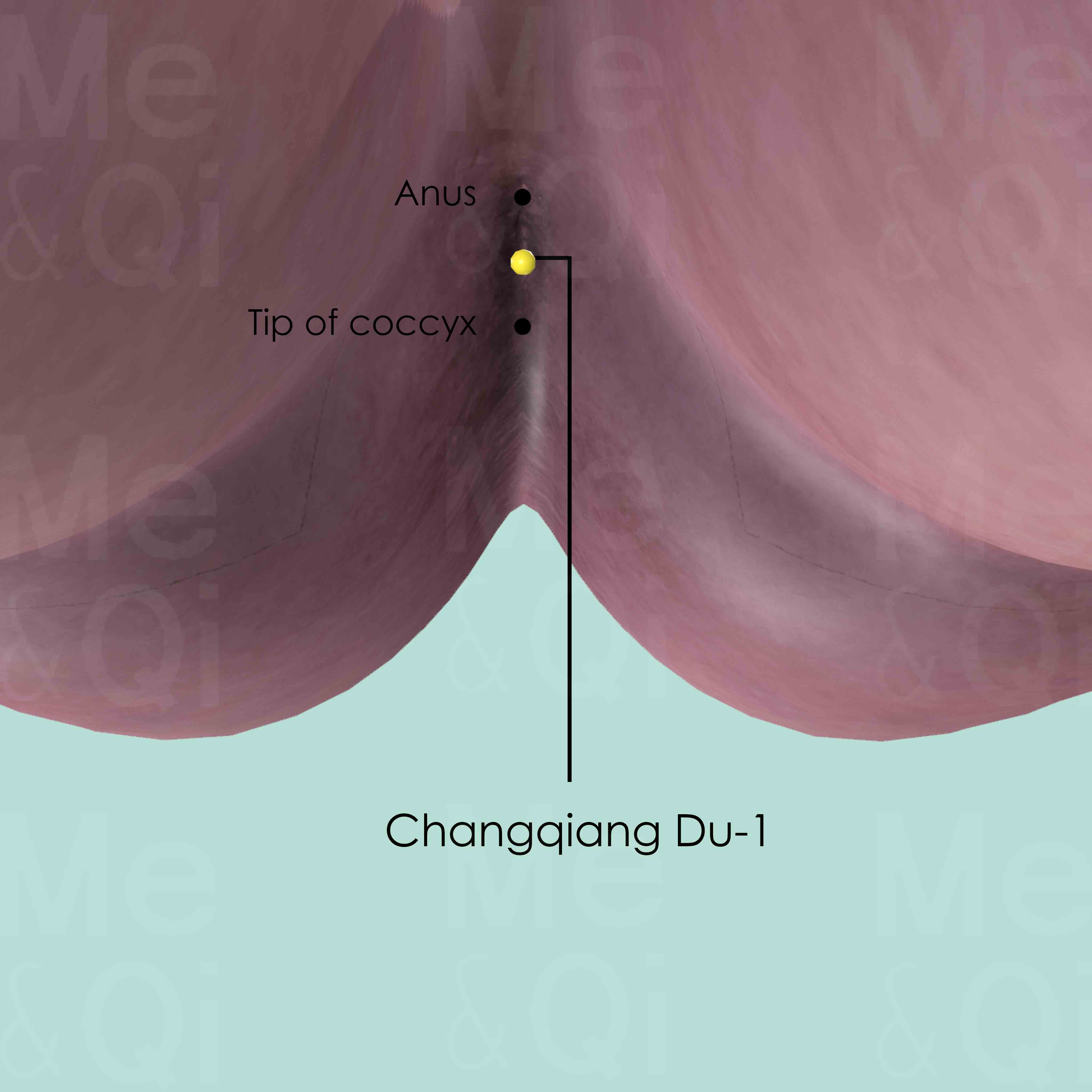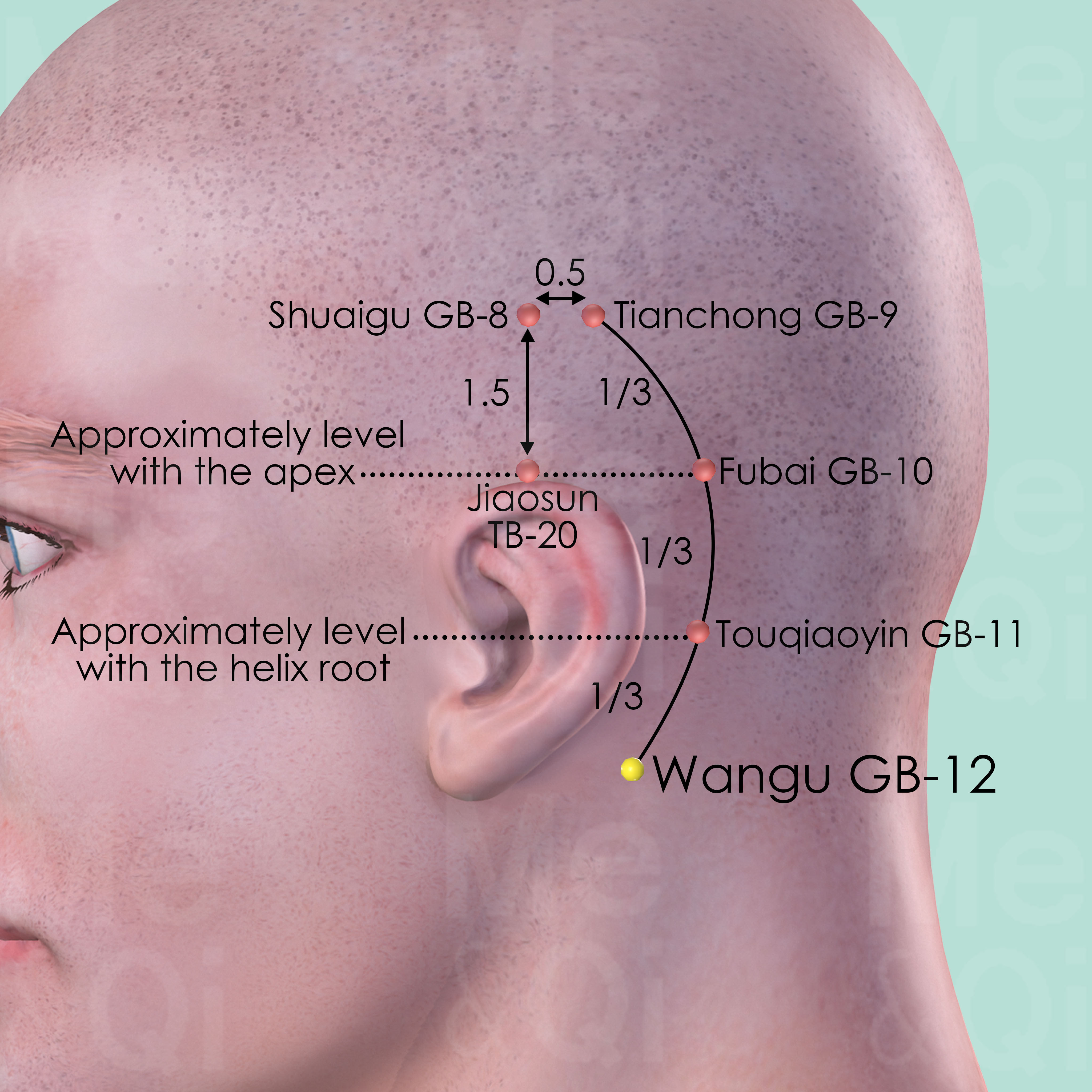Head Tremoraccording to TCM
Symptom families: Head Conditions and Symptoms, Tremors
What is Head Tremor?
Head tremor involves involuntary, rhythmic movements of the head, often appearing as nodding or shaking. The intensity of these movements can range from subtle to significantly disruptive, and the tremor may exhibit various patterns such as side-to-side or up-and-down motions. While it's commonly referred to as head shaking or trembling head, this condition underscores the involuntary nature of these movements.
How does TCM view Head Tremor?
In Traditional Chinese Medicine (TCM), head tremor is seen as a manifestation of underlying imbalances in the body's natural energies. TCM posits that head tremor might arise from disharmonies in Yin and Yang, Qi (vital energy), and blood circulation.
These imbalances could be linked to internal factors such as emotional stress or external factors like exposure to wind or extreme temperatures. TCM prioritizes identifying the specific pattern of disharmony for each individual, thereby offering a more targeted and effective treatment approach.
Acupoints for Head Tremor
TCM recommends specific acupoints for managing head tremor, targeting underlying imbalances. For instance, Changqiang Du-1, located midway between the coccyx's tip and the anus, is used for regulating Governing and Directing Vessels and calming the Mind. Another important point is Mingmen DU-4 on the lower back, which strengthens the Original Qi and extinguishes internal Wind.
In the Bladder Channel, Jinggu BL-64, found on the foot's lateral side, is utilized to subdue Rebellious Qi and pacify Interior Wind. The Pericardium Channel's Quze P-3, located on the transverse cubital crease, is known for its ability to clear Heat and invigorate Blood and Qi in the chest.
Additionally, the Gall Bladder Channel's Wangu GB-12, located near the mastoid process, is effective in subduing Liver Yang and expelling Interior Wind. These acupoints are strategically chosen based on their proven effects in addressing the specific TCM patterns associated with head tremor, aiming at restoring balance within the body and alleviating the symptoms.
Explore below some acupoints used to address head tremor, organized by meridian.
- By Meridian
- Governing Vessel
- Bladder Channel
- Pericardium Channel
- Gall Bladder Channel
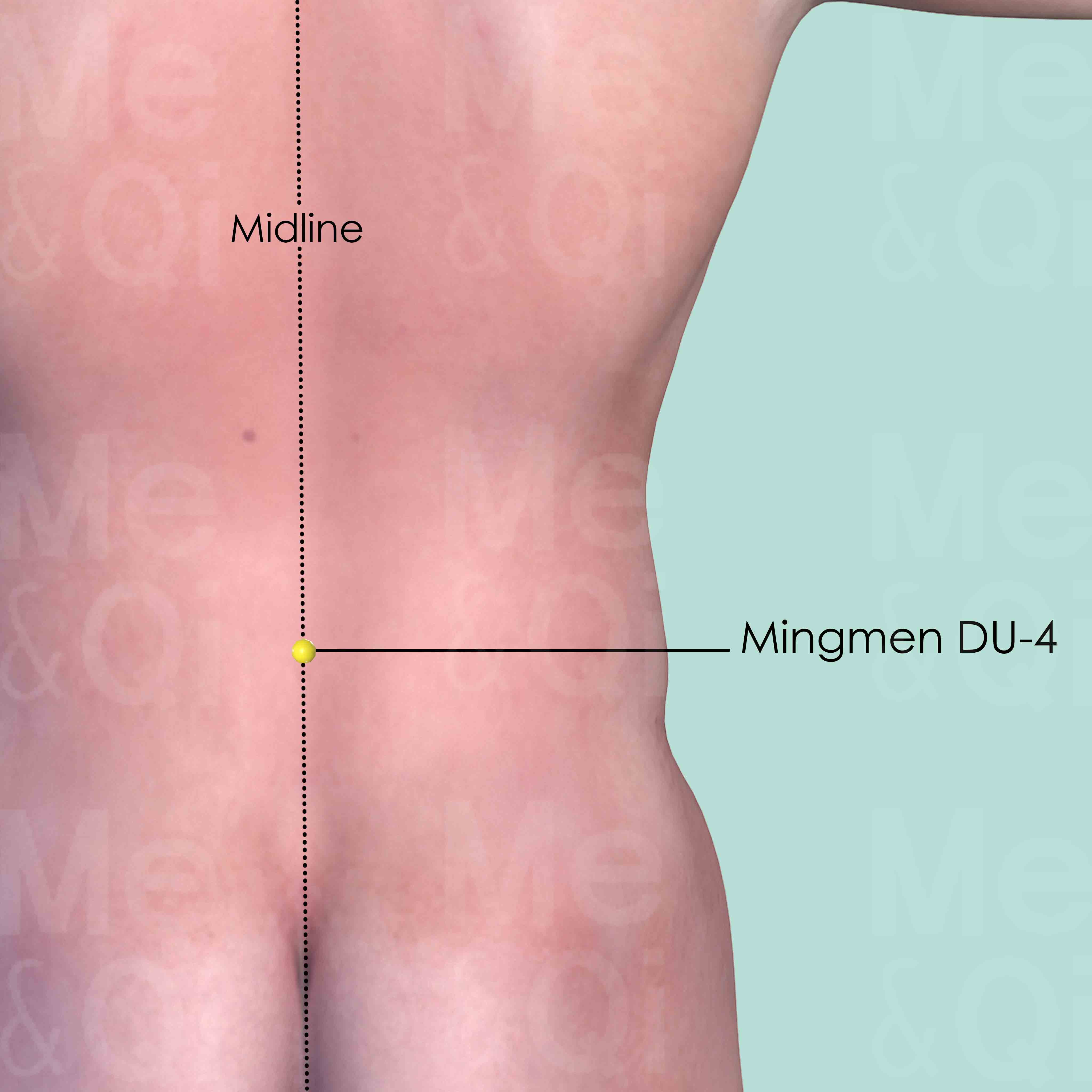
Mingmen DU-4
On the lower back midline, in the depression below the spinous process of the 2nd lumber vertebra (L2).
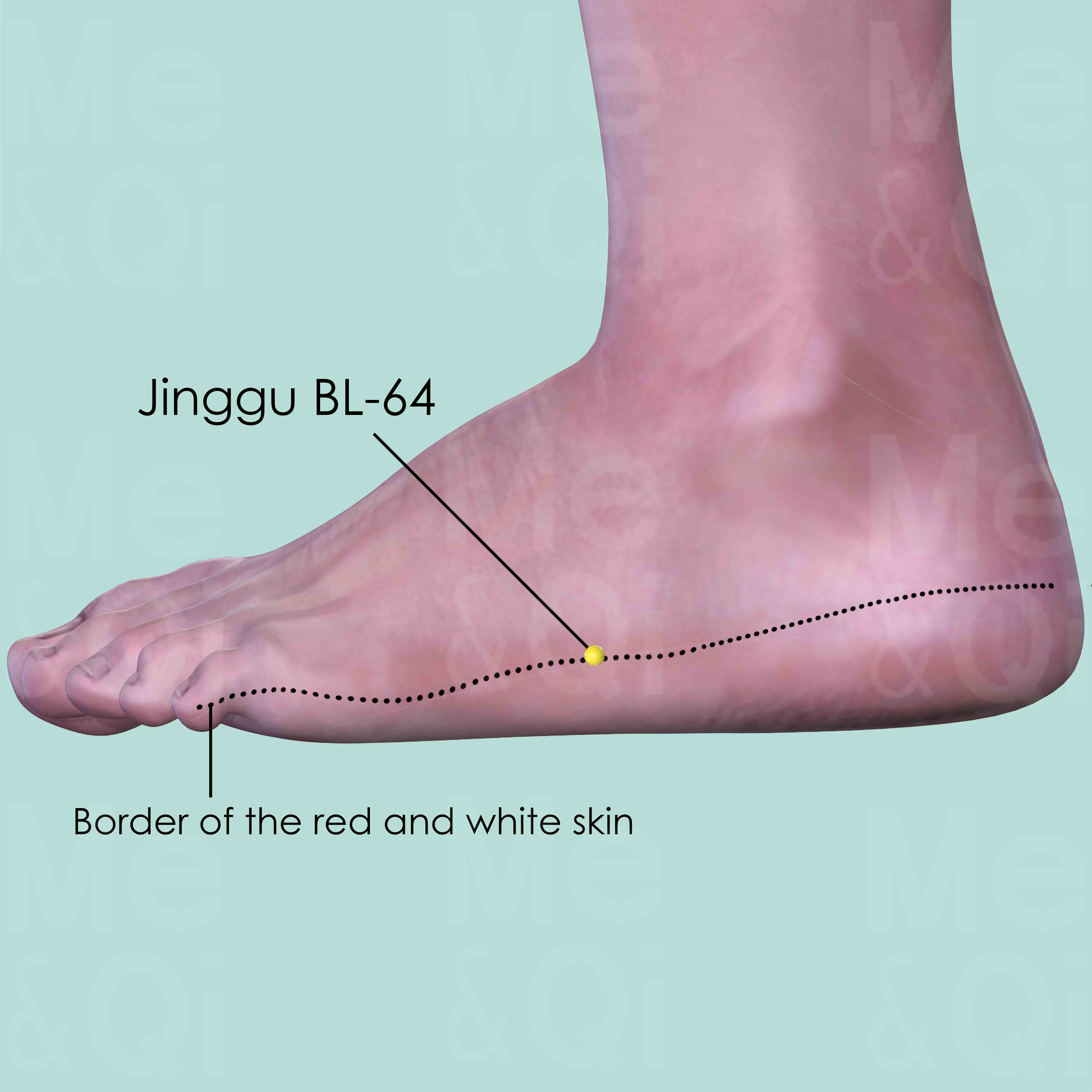
Jinggu BL-64
On the lateral side of the foot dorsum, below the tuberosity of the 5th metatarsal bone, at the border of the red and white skin.
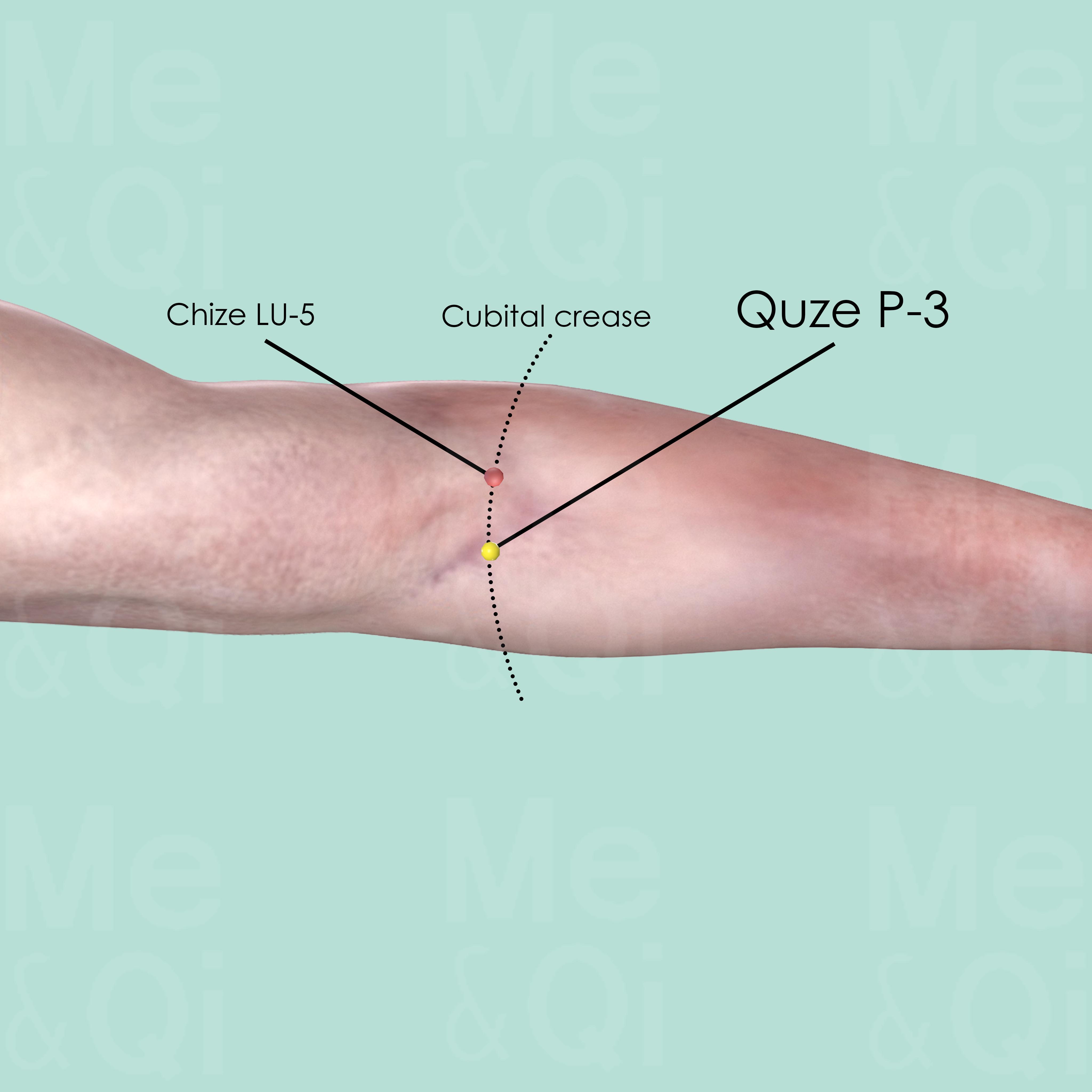
Quze P-3
On the transverse cubital crease, at the ulnar side of the tendon of biceps brachii muscle.

